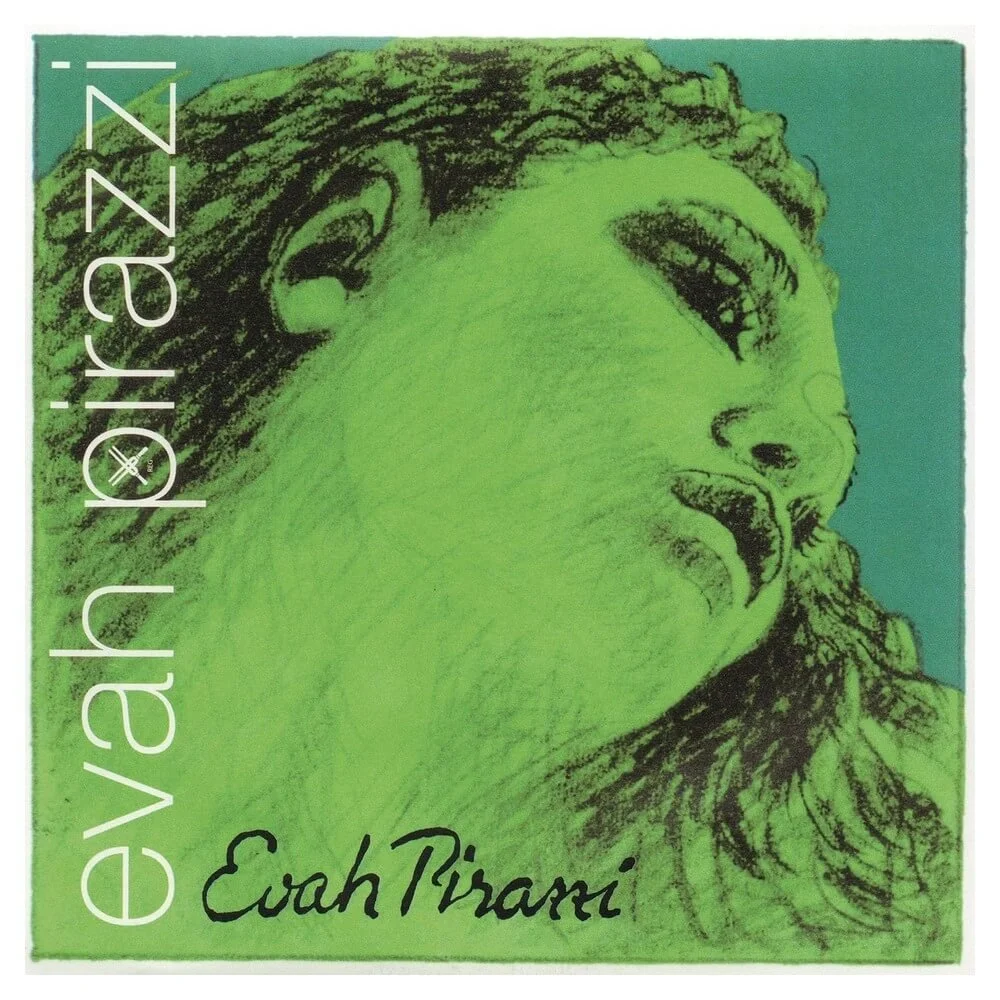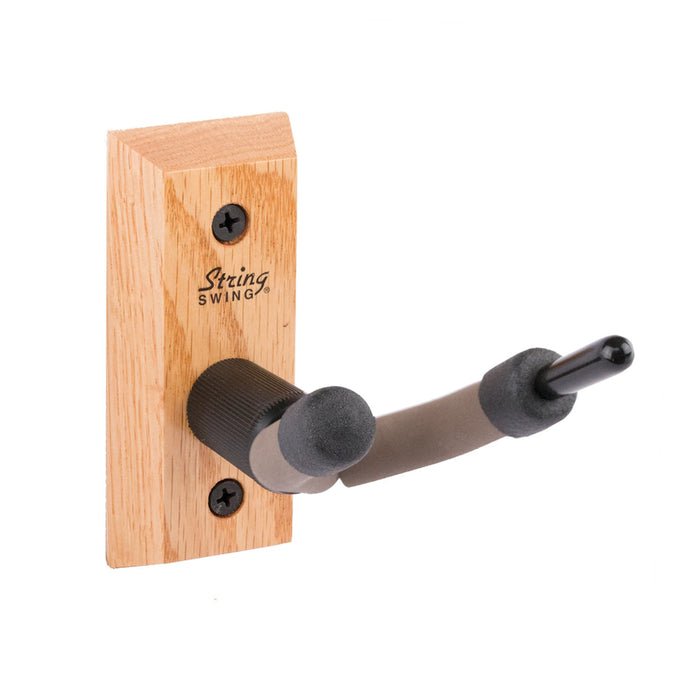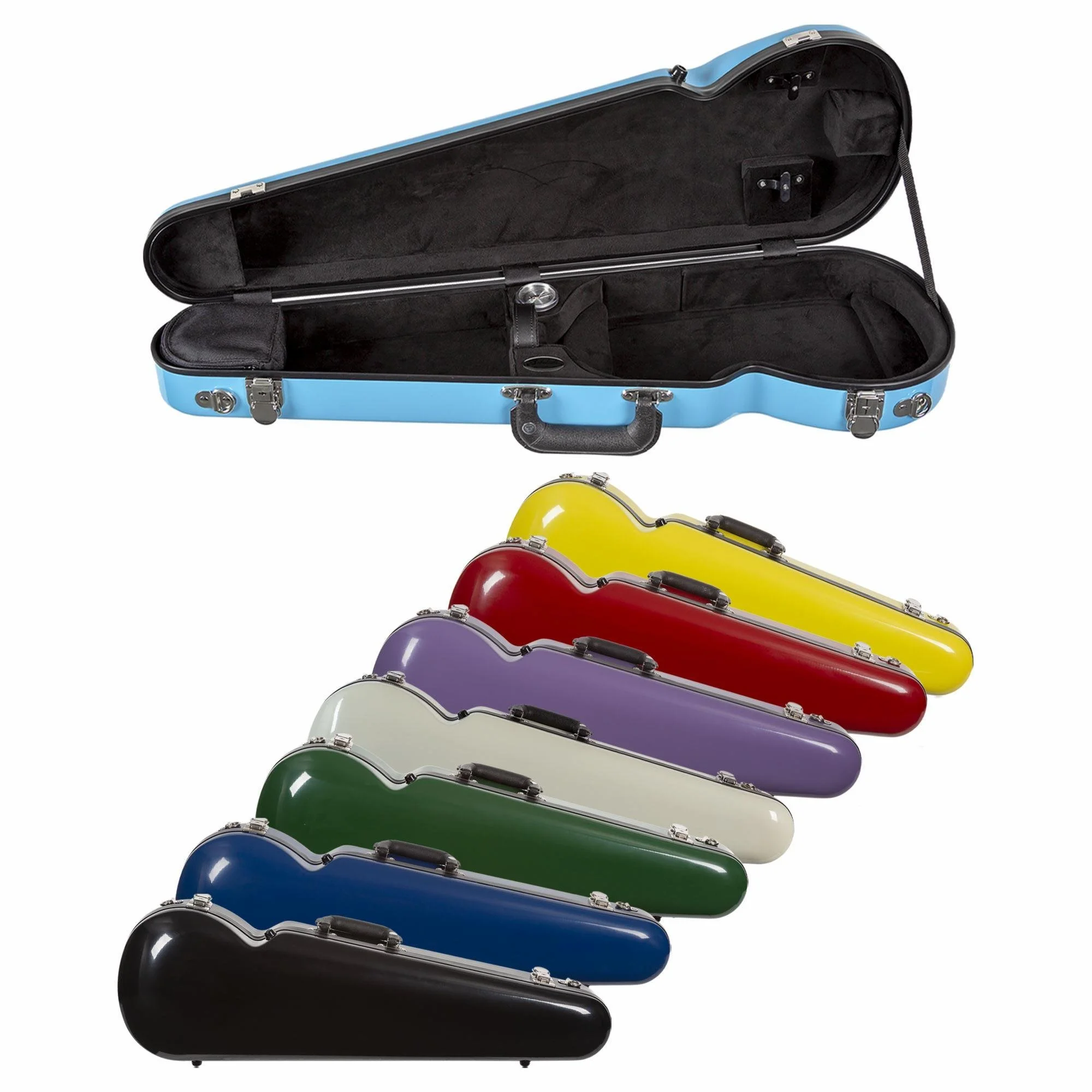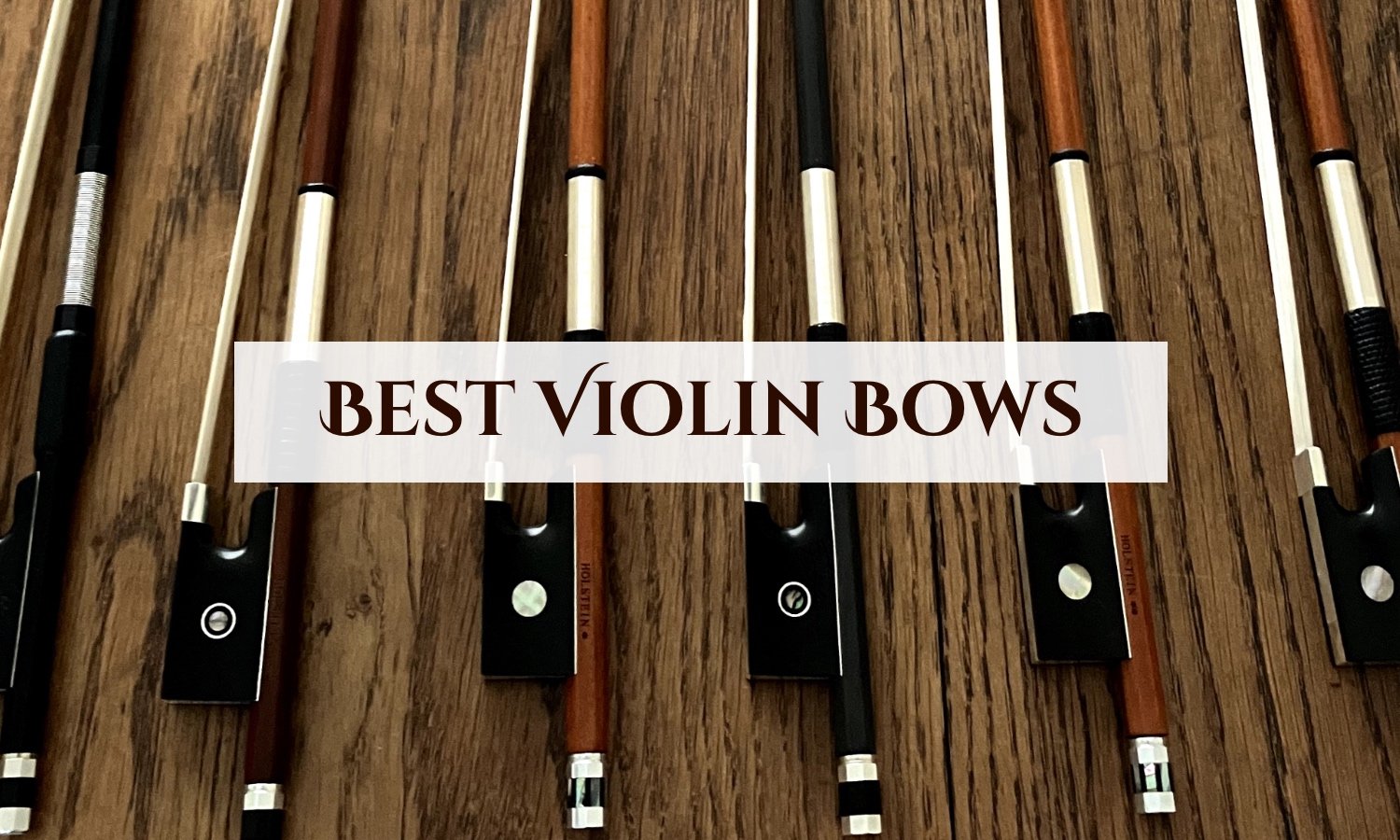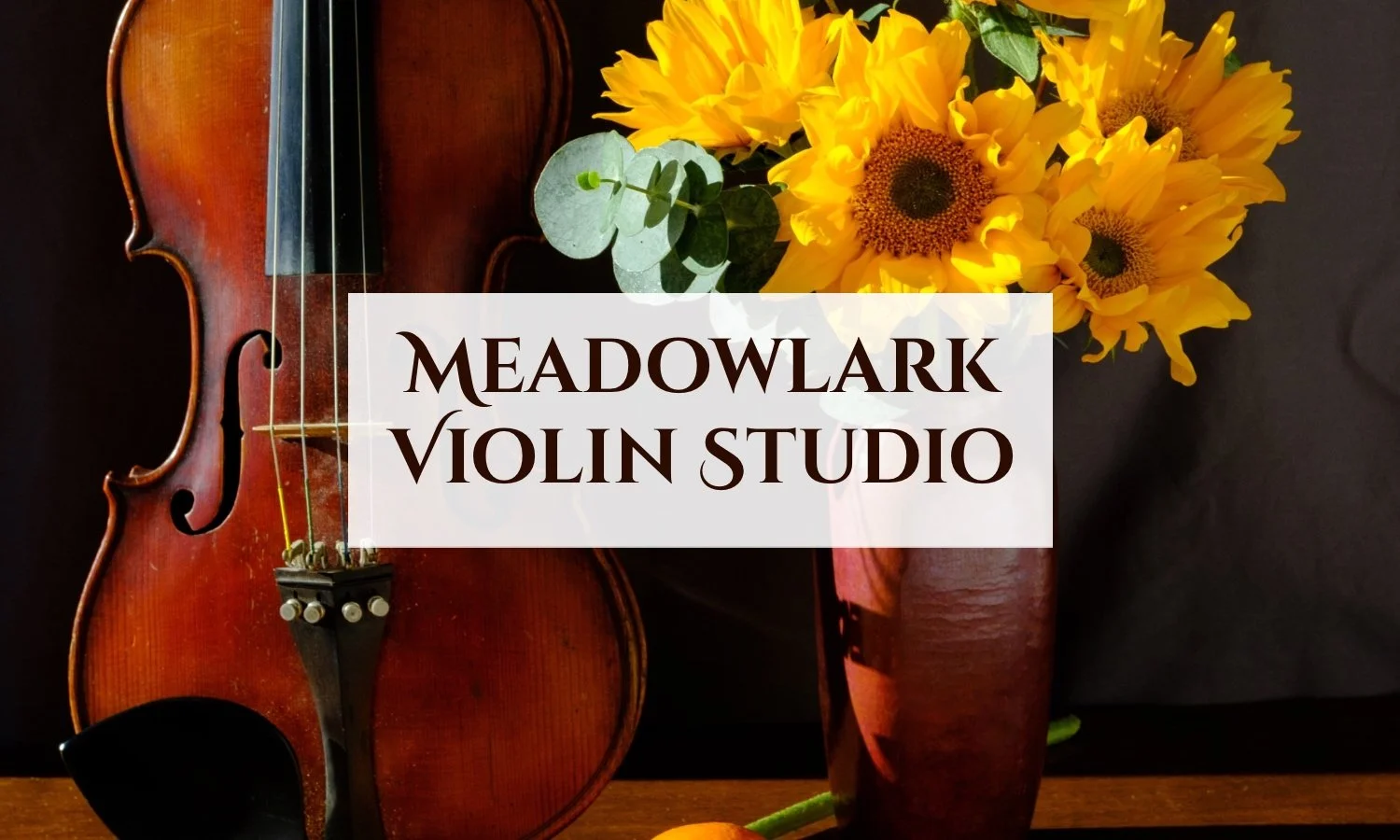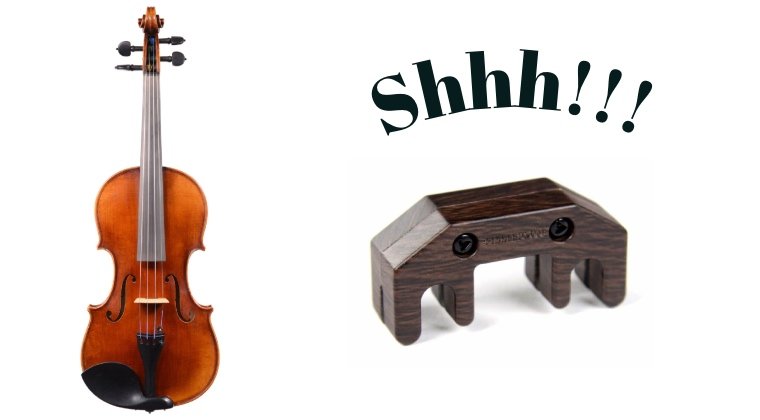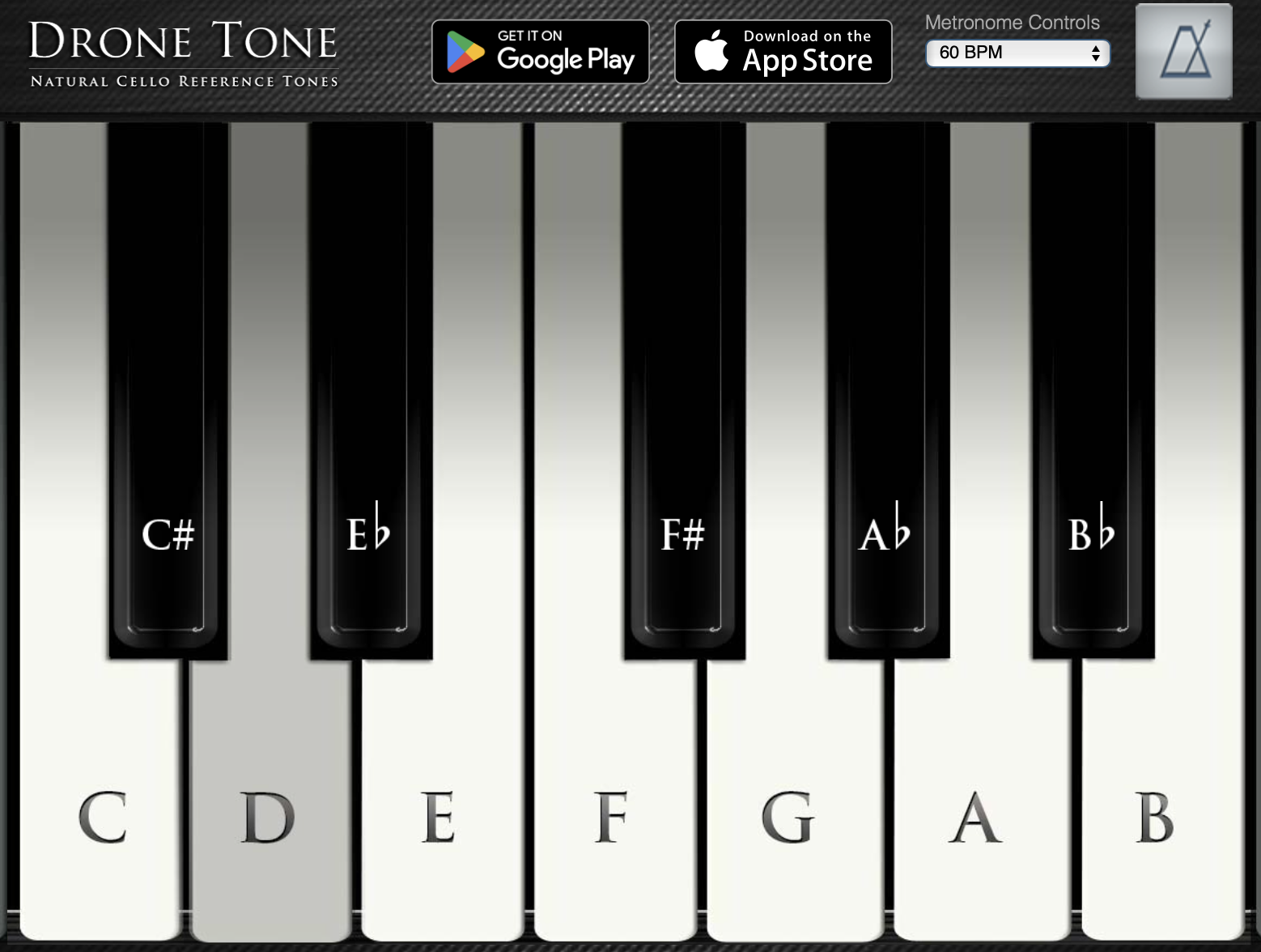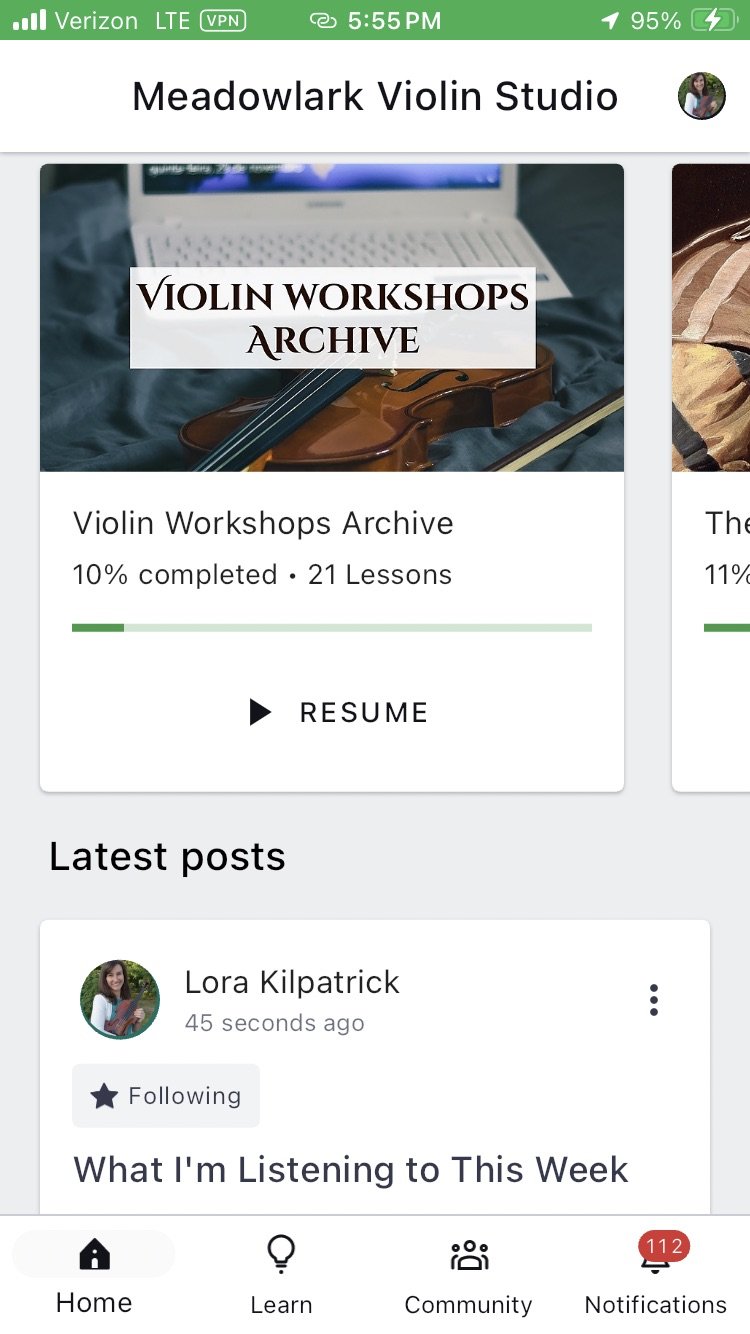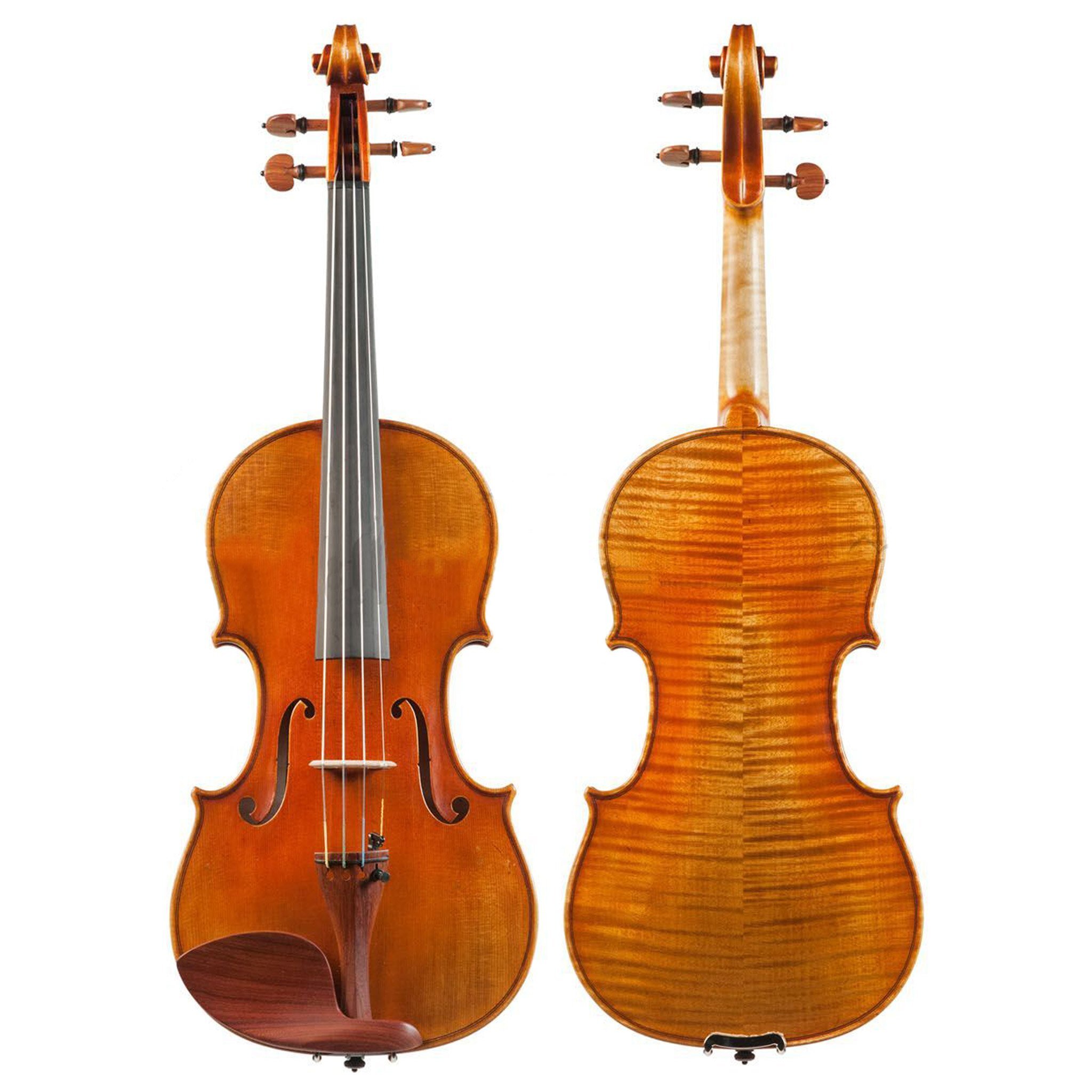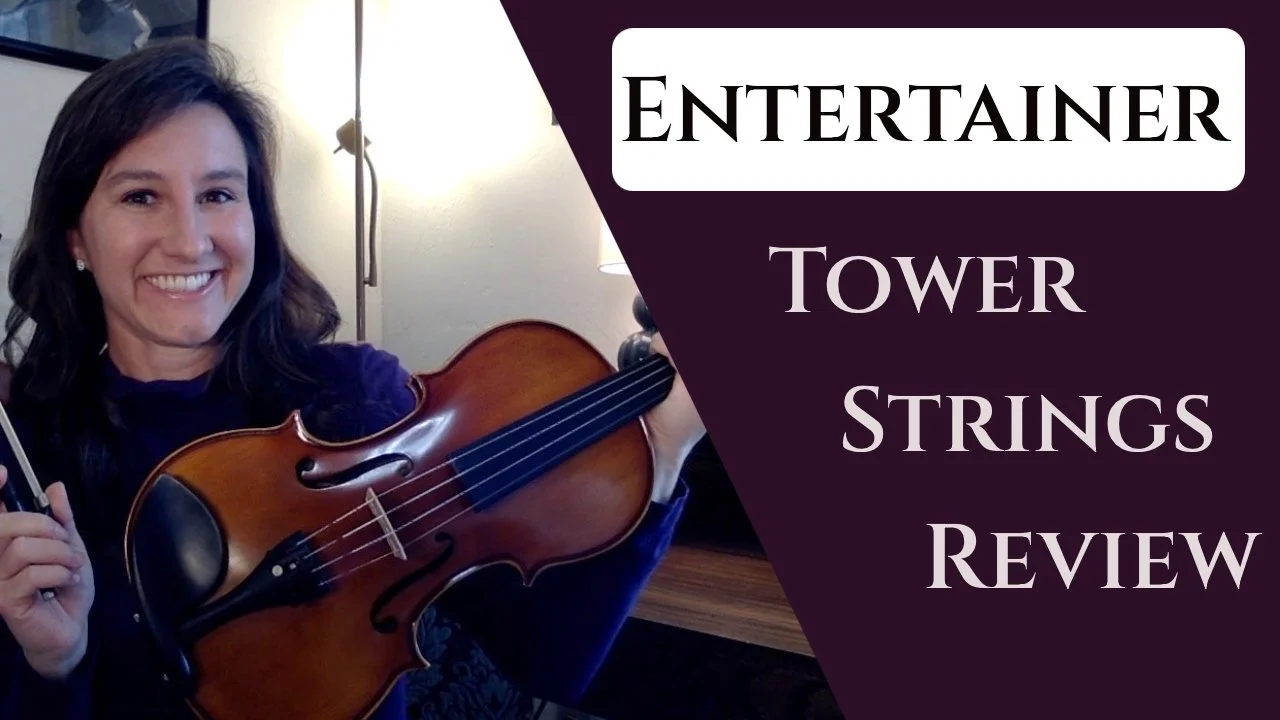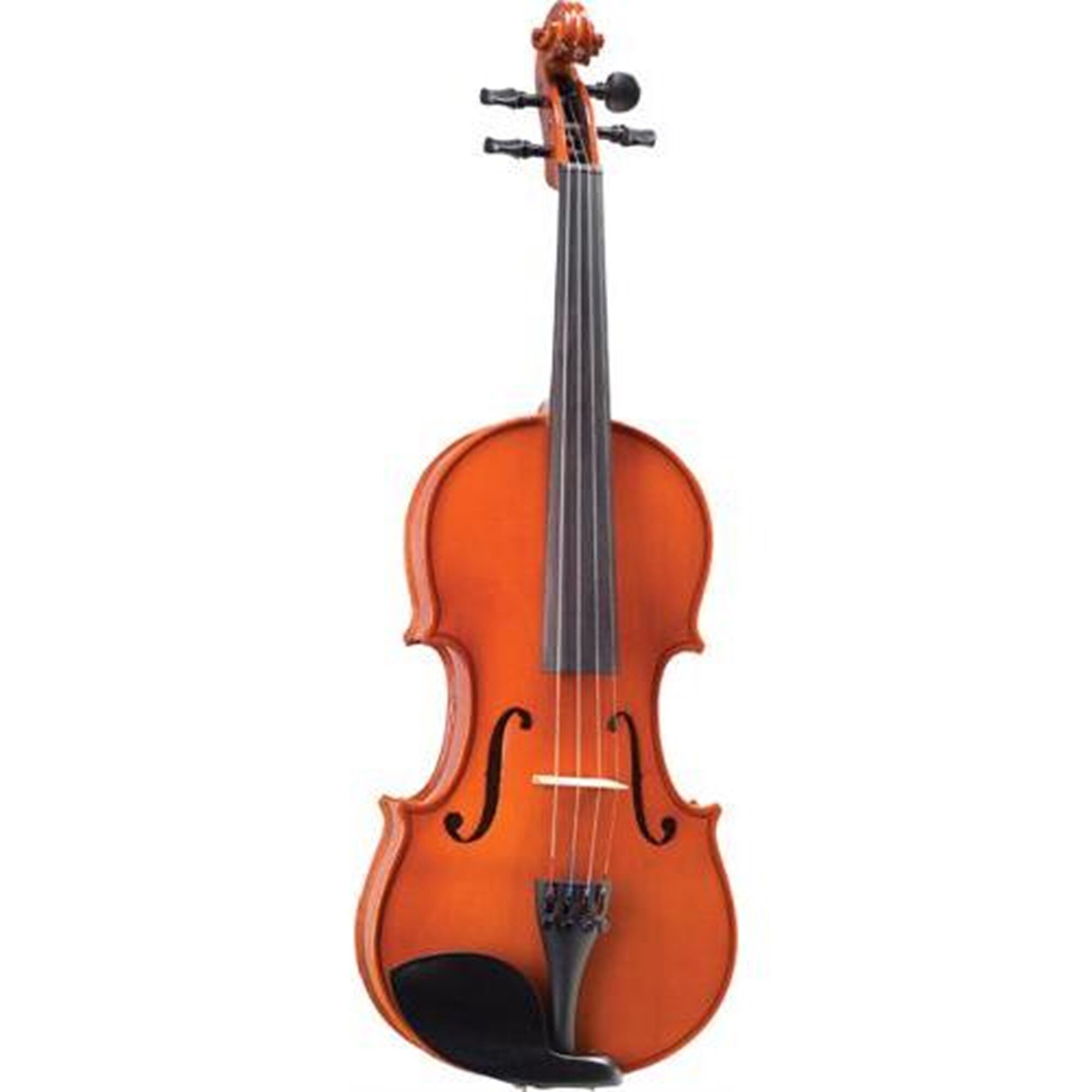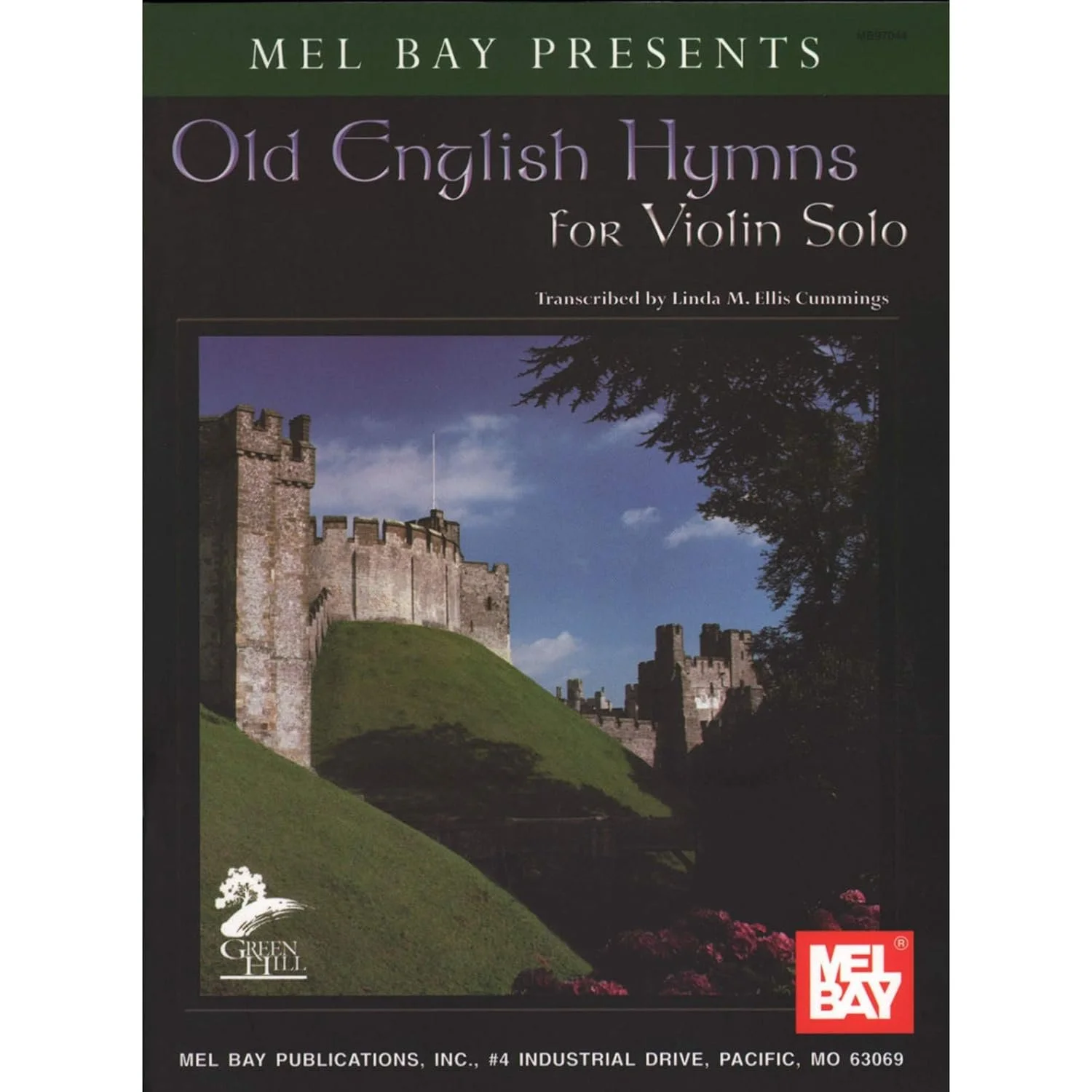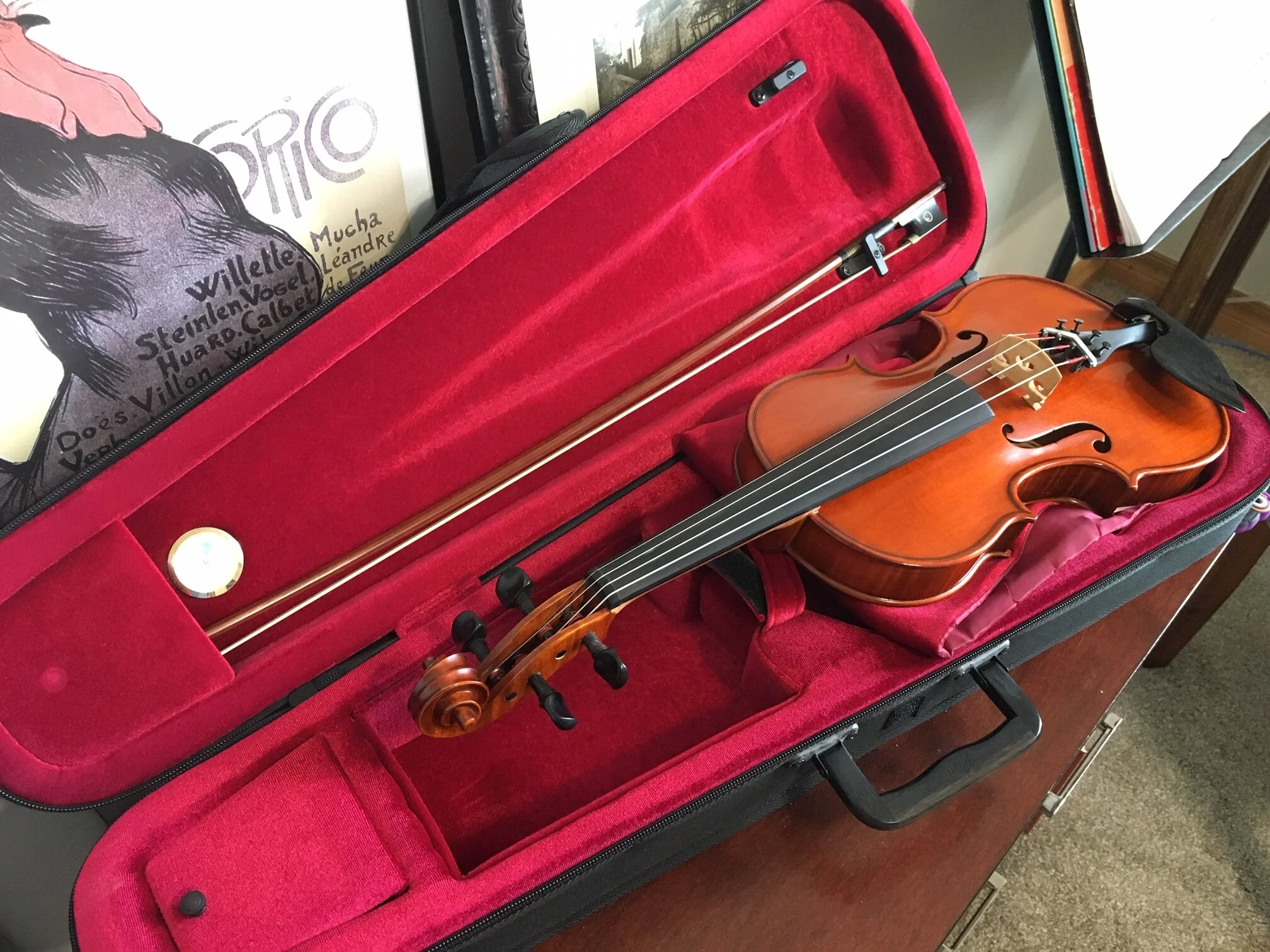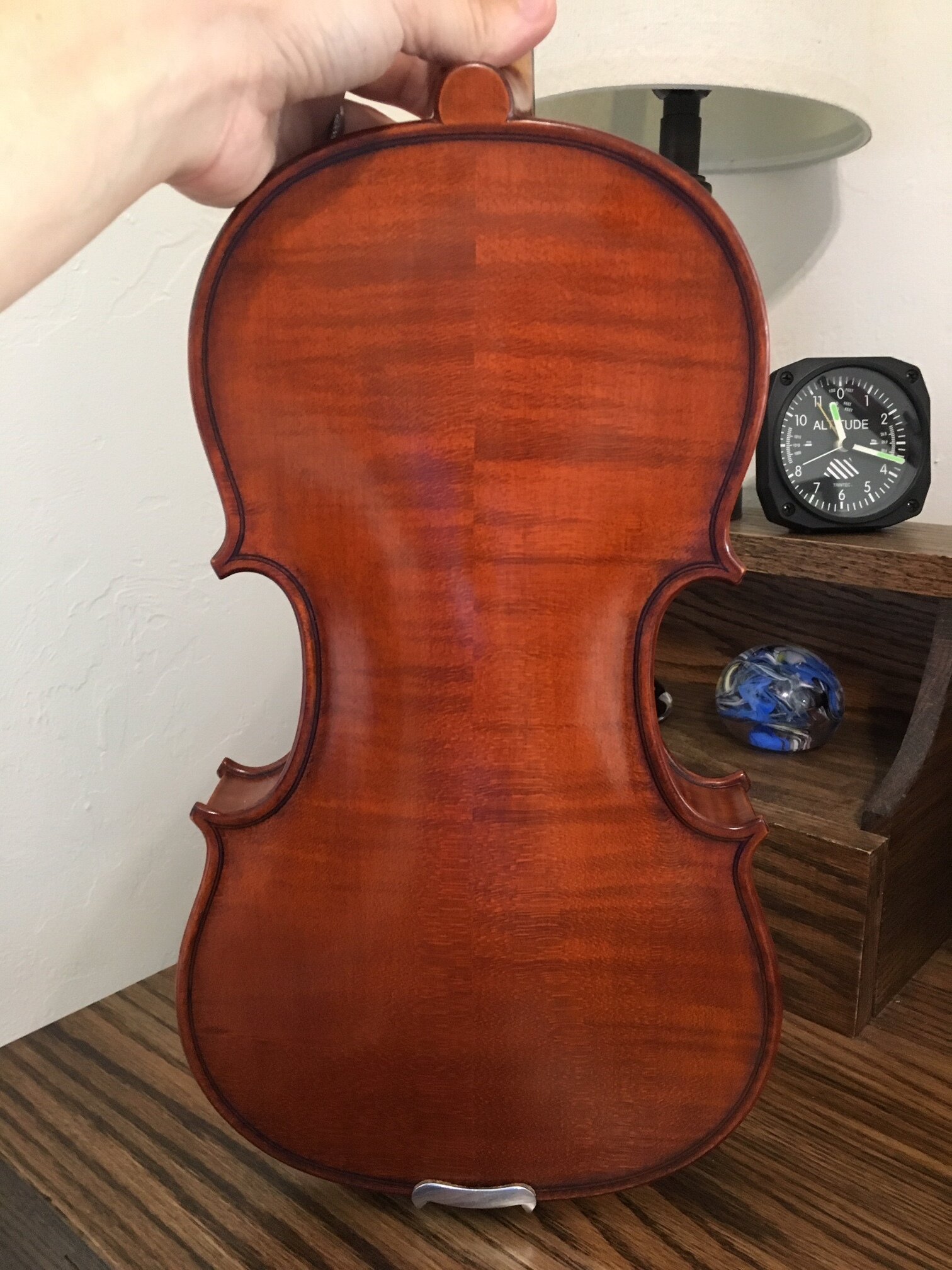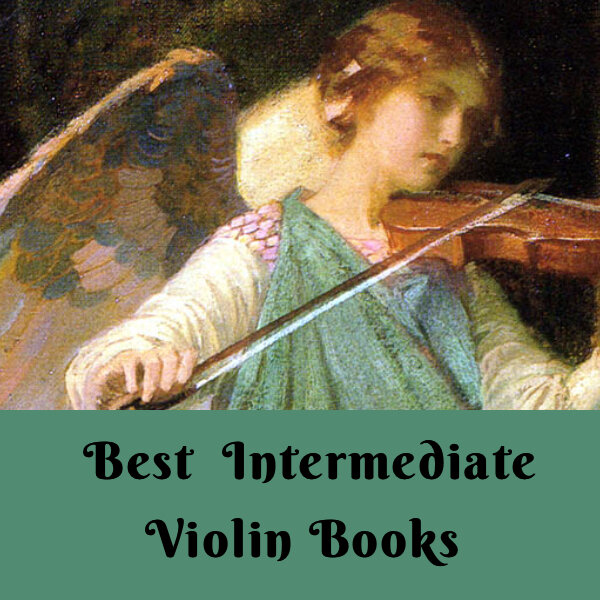25 Best Gifts for Violin Players (+3 to Avoid): A Violin Teacher's Gift Guide for REAL Violinists for 2025
/Looking for gifts for violinists, gifts for fiddlers, or gifts for violin teachers? Enough with the worthless knick knacks! Let’s talk about real gifts for violin players—gifts that violinists will actually love. In fact, if you’re a violinist, you might find a gift for yourself on this list!
After years of giving violin gifts to friends and receiving violin gifts from students, I know exactly what gifts musicians love! If you aren’t a string player, your string-player friend will think you are if you purchase them something off this list. Whether you are looking for a gift for an orchestra partner, a fiddler, a music teacher, or a child, or maybe something for yourself, here is my ultimate guide to the top 25 gifts for violin players and violin teachers.
You can also visit the Meadowlark Violin Shop for all of my recommendations for violins, books, and accessories.
*Wait for the end to see my list of what gifts to NOT buy for violinists!
Best Gifts for Violinists
Swanky Rosin
Don’t buy your violinists just any rosin. Get them swanky rosin. Expensive rosin. Posh rosin. Trust me. They will love you. Rosin is like candy for violinists. We love trying different kinds and there’s just something about using very nice rosin with a stylish holder as opposed to something cheap. Here are my recommendations for rosin gifts for violinists!
Jade L’Opera is a good quality rosin that comes in a violin shaped box. Hurry though! This is a great violin gift and it sells out early every Christmas.
Holstein Reserve Rosin is one of the rosins I use. It produces a wonderful, clear, crisp tone and is relatively affordable.
Melos Light or Dark Violin Rosin is another great choice and one of the rosins I frequently use. It comes in a stylish cork case.
Leatherwood Bespoke Rosin which comes in two formulas: Supple and Crisp, is probably the end-all-be-all of rosin gifts for violinists. It’s not cheap, but it’s oh so worth it. I’m using the supple formula right now and it’s quite impressive!
2. Magic Rosin
No one is too young for Magic Rosin! Magic rosin comes in a variety of different styles like sparkles, glow in the dark, dragons, unicorns, and much more. If your child is always losing their rosin, giving the gift of Magic Rosin might just fix that!
Rosin makes for a great stocking stuffer too!
3. Practicing Mugs
These are essential tools for practicing, which is why I call them “practicing” mugs. Fuel your practice time with tea and coffee in a fun violin design. These violin “practicing” mugs will make a great gift for that violinist in your life who loves to drink tea or coffee (even if that violinist is you!).
4. Practicing Tumblers
For chilly mornings, a practicing tumbler will keep your beverage nice and warm. I call these "1 Hour Practice Tumblers” because they’ll last you an hour of practicing.
It’s great gift for violinists who are always on-the-go!
A practice tumbler, a metronome, and a violin is how I start every morning!
5. Violin Strings
Violinists should change their strings at least once a year, more if they play frequently. A good set of violin strings can be pricey, so any violinist will appreciate a gift of strings. Obligatos are great to add warmth to a bright violin and Evah Pirazzis will add brightness to a dark sounding violin.
If you are looking for gifts for violin teachers and you know what type of strings your teacher plays, I’m sure they would love a set of strings! Strings are a meaningful gift for violin teachers that they will use and appreciate!
(Best and Worst Strings for Beginners: A Violin Teacher’s Honest Review)
6. Violin Stands and Wall Mounts
You are much more likely to practice if your violin is out and easily accessible. Encourage your string player to practice more with a violin stand. This violin stand is wooden and velvet-lined, making it a perfect addition to any music room.
Keeping your violin out and visible makes it so much easier to pick up your violin and play. This wall mount keeps your violin away from pets or small children. Your violin can also double as decoration when it’s hanging on your wall. This is one of the handiest violin accessories I have. I can’t believe it took me years to install them. If you want to subtly encourage your child (or yourself) to practice more—this is the gift!
7. A Classy Metronome
All violinists practice with a metronome (or they should!) Make practicing with a metronome fun and classy with the gift of an old fashioned metronome. It’s also a great, sophisticated touch to your violin studio or music room!
8. Geared Pegs
Geared pegs are one the best upgrades you can do for your violin. These geared pegs look like traditional wooden pegs, but they work like the tuning pegs on guitars, making tuning a breeze. No more stuck or slipping pegs. No more loose strings from changes in weather. Once installed, tuning only takes a few seconds. You will rarely, if ever, need to use your fine tuners, even for your E string. A great gift for beginners or advanced players. I use geared pegs on all of my violins. I will never go back to traditional pegs! If you are handy, you can install these yourself. You’ll need this tool and some advice. Or, take your violin to a luthier and have them install the pegs.
Better yet, purchase a violin from Fiddlershop and ask to have Geared Pegs installed before your violin is shipped! Perfect solution.
9. String Cleaner
Keeping your strings clean will elongate the life of your expensive violin strings. No more scrubbing away at that rosin with a handkerchief. Any violinist will be in awe of this nifty little tool to help you clean your strings.
This gift makes a great stocking stuffer for the violinist in your life!
10. Violin Apparel
Everyone loves a little something that is classy and fun that says, “I play violin!” Including me!
I personally love theses shirts because…I designed them.
For years I looked for a t-shirt with a simple violin design and I could never find exactly what I wanted. So I started making my own! I always get a ton of compliments. Especially for my “Not All Who Improvise Are Lost” shirts!
You can also get these with any background color, in long sleeves, short sleeves, or sweaters. If you like soft shirts, I recommend the Bella+Canvas Tri-blend.
11. Stand Light
What a gift to actually be able to see your music! When I practice, I like to create the right atmosphere for creativity. That means a hot cup of tea, no overhead lights, and some soft lamps. While that makes it really cozy, it’s not ideal for reading your music.
That’s where a stand light comes in handy. I use mine every night. It’s also great for orchestras or gigs.
12. Music Book Holder
Most string players have to get creative with holding books open. Paper clips, clothespins, cell phones….This music book holder will keep those pesky pages flat with style! It’s a great stocking stuffer for a violinist or a thoughtful gift.
They also come in a plainer version for you purists.
13. Music Stand Pencil Holder
You might think this is simple, but your violin friend will LOVE this gift. When you need to mark something down, you can never find a pencil. It’s either buried under piles of music, in your case, or in another room. This pencil holder is magnetic so it sticks to any metal stand. A great way to encourage violin students to write down what they’re learning. This is another great stocking stuffer for violinists. I wish all of my students had one of these!
14. Mozart Candies Violin Gift Box
Visit Mozart’s birthplace in Salzburg, Austria and you’ll find these delicious candies in every shop window. They are made of almond and pistachio marzipan and hazelnut praline. They come in many boxes and varieties but this violin-shaped gift box is sure to be a hit for any of your violin friends. This would be a great gift for violin teachers—trust me, I know. And a perfect gift for any string player!
15. The Best Cleaning Cloth Ever
Normally microfiber violin cleaning cloths are itty bitty. It seems like in a few weeks of cleaning they’re saturated with rosin and just smudge it around your precious violin.
This cleaning cloth is massive and super soft! It’s by far the best I’ve ever owned. My violin is much cleaner and happier now!
Wrap this cleaning cloth around a nice box of rosin for a great gift!
16. Fiddle Books
For the fiddle players out there, or those violinists looking for something new and exciting to play, fiddle books are a great gift idea for violinists. From French fiddlers, to Appalachia, to Celtic jigs, check out my top picks for beginner and intermediate fiddle books.
17. Violin Case Tag
Violin cases can all start looking the same during orchestra rehearsals or jam sessions. Help your violinist always know where their case is with the gift of a personalized violin case tag.
You can customize these case tags with your name. And they also function as luggage tags for when you're traveling.
Another great stocking stuffer for violinists!
18. Musical Tote
Always lugging around music books? Is your case breaking under the strain? Give your violinist a helping hand with those endless scales and etude books, like this adorable violin tote.
19. New Violin Case
Instead of a case tag, how about a brand new violin case? Cases get worn-out quickly, making this a great gift for a violin player. I use a Bobelock case in a beautiful forest green for my travels. It’s heavy duty (trust me I know, it’s saved my violin, Meriwether from destruction more than once).
You can also opt for a budget model like the Fiddlerman’s Oblong Violin Case.
20. A Tuner/Metronome You Can Actually Hear
Using a drone (a pitch that keeps sounding) function on a metronome/tuner can be extremely helpful when learning to play in tune. However, most metronome/tuners and tuners on phone apps can be impossible to hear while you are playing violin. A good metronome/tuner combo like this Dr. Beat will last you forever.
If you are looking for a budget-friendly portable tuner metronome, my pick would be a Korg.
21. Music Stand
If your violinist is using a cheap wire stand (or no stand at all), then this lovely wooden stand would make a perfect gift. Brahms, Beethoven, and Bach deserve to be played on something beautifully crafted! (But please don’t place your violin on the music stand like this…)
For something not quite as decorative, a good quality stand like this will literally last a lifetime. Mine is still going strong after several decades of practice!
Bonus: Save your eyes and stop squinting! Gift your violinist a Mighty Bright Stand Light as well. Well-illuminated music is a gift for violinists that doesn’t get old.
22. A New Violin
If you are wondering what the best gift for a violin player is, well, it’s the best violin! If your violin player is playing on a cheap, budget violin, giving them a better quality violin will help their playing considerably. Whether your violinist is just starting or ready for an upgrade, check out my top picks for beginner and intermediate level violins.
You may also be interested in the violin I am currently using (and no, it’s not as expensive as you may think!)
23. A New Violin Bow
A better bow can make all the difference with playing. It will make difficult bow strokes easier to manage, it will be easier to produce a better tone or create different dynamics and tonal shading. It’s one of those things where you don’t know what you’re missing until you try a better bow. An upgraded bow would make a great gift for a violin student (or for yourself!)
I’ve reviewed several beginner and intermediate bows and you can find my recommendations below.
24. Admission to a Fiddle/Violin Camp
Some of my best musical memories are from musical festivals and camps I’ve attended. I made great friends, wonderful progress, and got motivation to last me the rest of the year. I’ve made a list of camps around the U.S. and the entire world that are great for adults or families. Styles range from fiddle to gypsy jazz and everything in between.
Sign yourself up or give the gift of a violin/fiddle camp to your violinist friend or child and give them memories for a lifetime!
25. Violin Lessons
Give the gift of violin instruction with my online studio membership. No gift compares to knowing how to play your violin well!
1000+ lessons, guided Progress Pathways, live events, monthly challenges, real feedback from me, and an exclusive, fun community where you can get your questions answered and stay motivated!
What Violin Gifts to Avoid
Now that you know what some of the best gifts for violin players are, let’s talk about some gifts to NOT buy.
Cheap, “Starter” Violins
Don’t buy a violin just to see if your special someone will like it. Trust me, no one likes VSOs. Spend a few more dollars and get a real violin instead.
Shoulder Rests
Shoulder rests come in many varieties and styles. This is a very personalized choice that is generally best left up to a violinist themselves. If you are a violinist looking for a better shoulder rest, check out my recommendations here.
Picture Frames and Jewelry
Unless you really, really know the violinist you are buying for, I would recommend steering clear of things like musical picture frames and jewelry. Some people may love these items, but if you’re buying a violin gift for a violin teacher, a child, or violin friend, I would suggest purchasing something that you know they will find useful, like Mozart candy, of course!
























